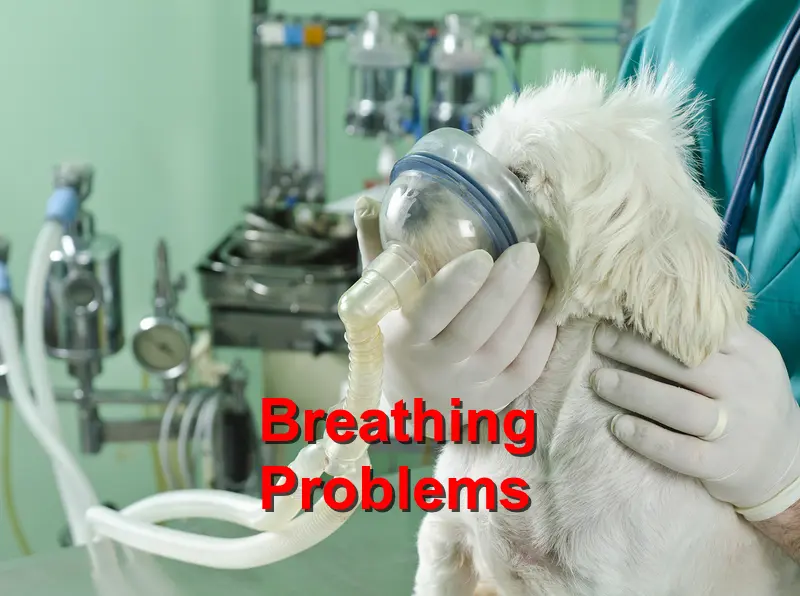There are several respiratory conditions in cats and dogs, but the most dangerous of them all is dyspnea. And since pets cannot explain themselves, it’s your responsibility as a pet guardian to detect difficulties in breathing symptoms.
What is Dyspnea?
Commonly referred to as difficulty breathing, most people confuse dyspnea with shortness of breath. In fact, the condition occurs when a pet experiences the feeling of shortness of breath, which doesn’t relate to an increased respiratory rate. Therefore, you should be attentive not to confuse panting with dyspnea especially after vigorous activity such as running.
Symptoms of Dyspnea in Cats and Dogs
Being a pet owners means that you get to understand your fur friend inside and out. Through this, you can differentiate between dyspnea and tachypnea (increasing respiratory rate) as this could help save your pet’s life. However, in most cases, the two conditions go hand in hand as tachypnea occurs first before dyspnea. So if you are observant, you can take necessary precautions in good time. Some of the apparent signs include;
• The parting of legs, sitting and breathing with mouth and stretched neck in dogs. Cats exhibit similar symptoms and might go further to isolate themselves in quiet places
• Rapid and deep breaths in both cats and dogs with a noticeable panting difference in dogs.
• Constant coughing for both pets
• Blue-tinged gums in cats and dogs
• Mouth foaming and restfulness
• You might notice a change in your dog’s bark.
Causes of Dyspnea
Although there are many causes of breathing difficulty in pets, the most common and treatable ones include;
• Asthma; this condition is common in pets just the same way it is in humans. In most cases, it results in noisy breathing and wheezing. It’s more common in cats than dogs.
• Lung disease; prolonged infections in the lungs can lower their performance thus making your pet struggle to breathe. Most dogs experience chronic bronchitis
• Heart issues; this is about heart diseases and parasitic infections such as heartworm.
• Blockages; this occurs due to tumors, infections and foreign objects. Choking might happen in extreme blockages
• Allergic reaction; such as anaphylaxis can trigger excess mucus production that could lead to difficulty breathing
Dyspnea Treatment
You should bring your vet to the nearby vet station immediately you detect Dyspnea. Here the veterinarian would administer oxygen and conduct diagnosis to prescribe proper medication. In extreme cases, treatment could include minor surgical procedures.
Sources: Urgent Pet Care Omaha, Pet MD





